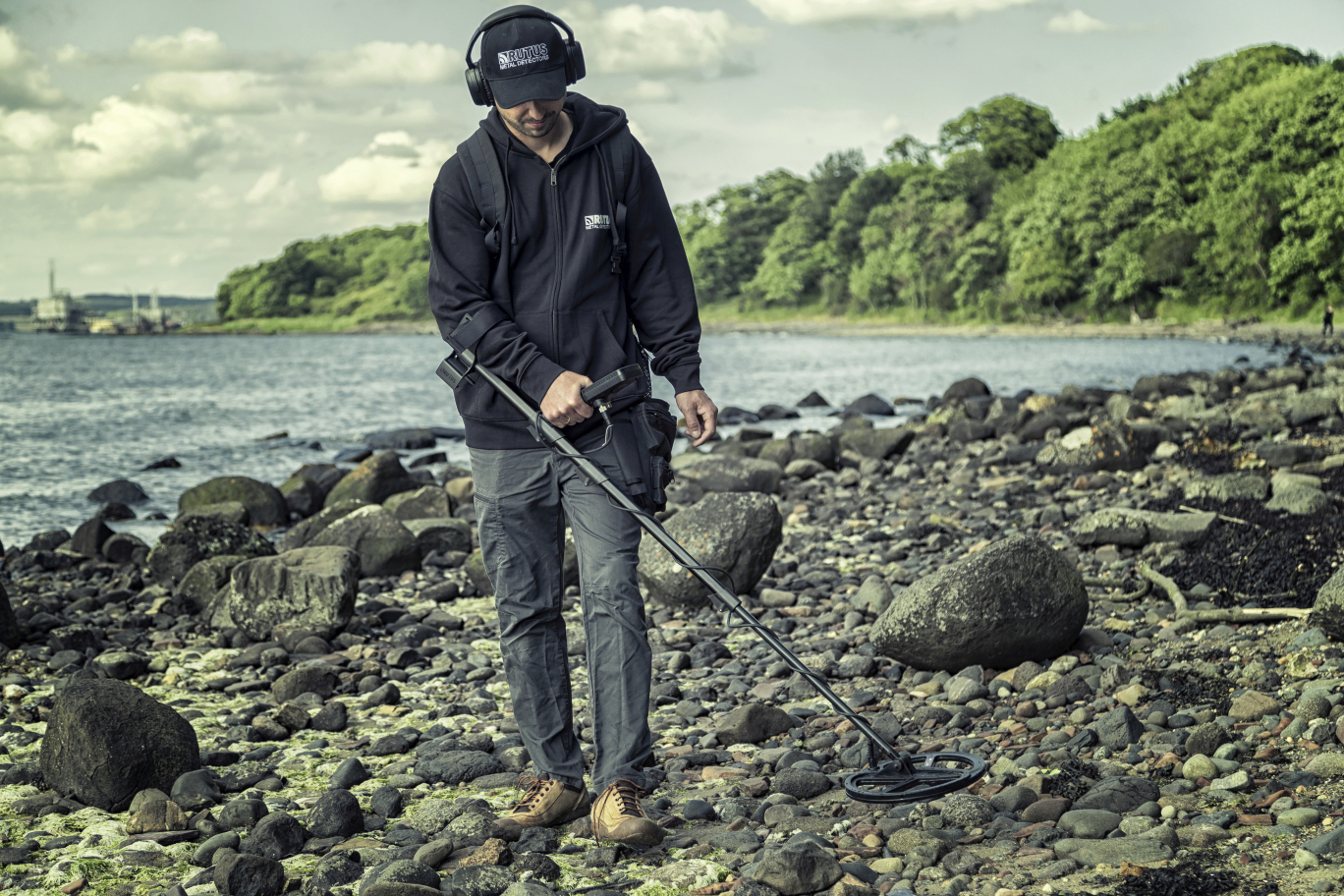New multi-frequency metal detectors Rutus in the offer of Lovecpokladu.cz
Categories: Detektory kovů Rutus

Rutus is another company that has moved from conventional single frequency VLF detectors to multi-frequency technology. They currently produce two advanced models, Versa and Atrex, which are sold in 4 configurations.
Since the end of November we have had the Versa and Atrex detectors available for testing and within a few weeks we have concluded that these detectors will definitely enrich the LP offer. At the moment the detectors are already in stock and you can see the whole offer here: Rutus metal detectors
About Rutus multi-frequency technology
Research and experiments on actual multi-frequency work have been going on at RUTUS for a long time. The detectors have, for good reason, a processor three times more powerful than the one used in previous models, and a similar but different design of the detector electronics themselves.
The first most important point is the number of frequencies. You will often see in various materials how many frequencies Multi Frequency detectors transmit. The important thing is not how many frequencies the detector transmits, but how many it RECEIVES i.e. how many frequencies it analyses simultaneously to detect an object. Transmitting a frequency that the detector does not receive is just a waste of energy.
The transmit signal must be optimized to transmit ONLY those frequencies that the detector receives and this issue is complex in itself.Simply described, Single Frequency detectors use a resistive signal ("Y") to detect objects, while Multi Frequency detectors use magnetic ("X") signals from multiple frequencies.
The X signals behave differently from the picture we are all familiar with. How many frequencies will the Atrex instrument work with in Multi Frequency mode? As many as are needed to achieve all the desired functions. This information is part of each company's closely guarded know-how.
Another persistent myth to deal with is that the detector in Multi Frequency is "slow". Today, Multi Frequency design does not mean "slow" and has a number of advantages:
- There is no need to select frequencies for the objects to be searched, the detector detects small and large objects well.
- The detector does not respond, or its response is reduced many times, to any conductive non-metallic substances or objects in the ground, e.g. seawater, coke, shale, etc.
- No effect, or very little effect, of the magnetic and conductive properties of the soil on the identification of objects.
- More effective detection in highly mineralised soil both in terms of the presence of magnetite and its conductivity.

The article is included in categories: